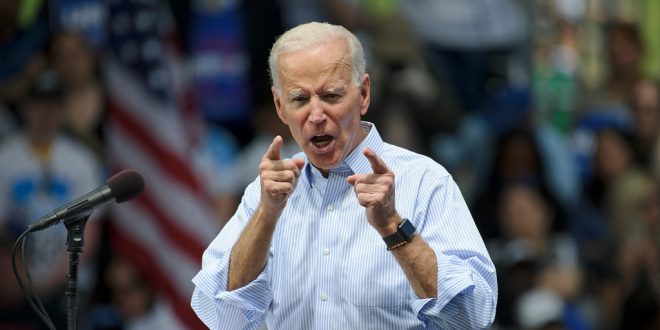The President of the United States, Joe Biden, recently laid out a new government stimulus plan worth $1.9 trillion to help the economy face the impact of the Coronavirus pandemic, under the title “The American Rescue Plan.”
The plan will grant a monthly payment of $2,000 per household by adding another $1,400 to the recently approved $600 payment.
However, two major Republicans in the U.S. Senate have voiced doubts about the new plan.
Former presidential candidate and Republican Senator Mitt Romney of Utah told reporters that as Congress recently passed a $900 billion stimulus package, he is “not looking for a new program in the immediate future,” as quoted by Bloomberg.
Likewise, Republican Senator Lisa Murkowski of Alaska said that the new package “is going to require … a fair amount of debate and consideration.”
After the recent win in the state of Georgia, the Senate is now tied at 50-50, with Vice President Kamala Harris, a former Senator herself, being the tiebreaker.
However, in order to pass legislation, the Democratic administration, which enjoys a majority in the House of Representatives, will need the support of some Republican senators.
On the other hand, the new Senate Majority Leader Chuck Schumer has spoken about the reconciliation option, which allows the Senate to pass legislation with a simple majority of 51 votes.
Senator Bernie Sanders of Vermont, who is set to be the new leader of the Senate budget committee also recently spoke about the reconciliation option in passing important legislation.
It is worth noting that the $2,000 paycheck was supposedly supported by the former president, however, the majority of Republicans opposed raising stimulus spending.
The new plan will increase unemployment benefits to $400 per week until the end of September.
The plan also raises the federal minimum wage to $15 per hour, which has been called for by many Democrats for a long time, especially during the recent Presidential race.
The plan also allocates $350 billion in aid for state and local governments, as well as $170 billion to support educational institutions.
The pandemic also dominates a large portion of the rescue plan, with $50 billion directed to testing and $20 billion allocated to establishing a vaccination program.
Moreover, the rescue plan prolongs the eviction and foreclosure moratoriums until the end of September.
Speaking to the Senate, Biden’s pick for Treasury Secretary and the former Chair of the Federal Reserve, Janet Yellen, recently said that the benefits of the new rescue package are bigger than its costs.
“Neither the president-elect nor I, propose this relief package without an appreciation for the country’s debt burden. But right now, with interest rates at historic lows, the smartest thing we can do is act big,” Yellen told the Senate Finance Committee on Tuesday in a hearing session.
 Noor Trends News, Technical Analysis, Educational Tools and Recommendations
Noor Trends News, Technical Analysis, Educational Tools and Recommendations





